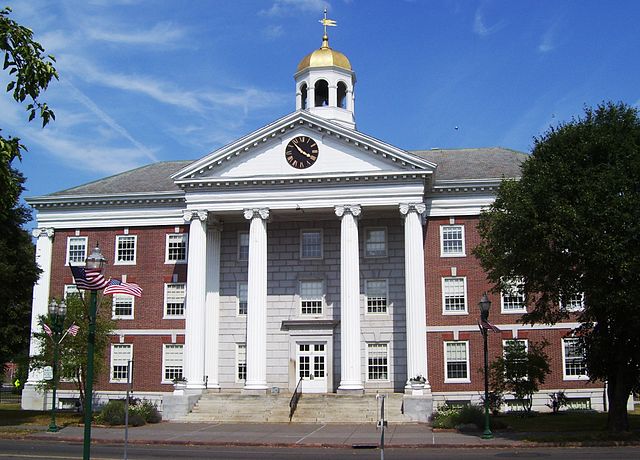Colonial Revival architecture is a design style that emerged in the late 19th and early 20th centuries, seeking to revive the architectural elements of early American colonial buildings. This style gained popularity in the United States as a nostalgic nod to the country’s colonial heritage. The enduring appeal of Colonial Revival architecture lies in its timeless qualities and the way it evokes a sense of tradition and historical charm. Here are some aspects that contribute to the timeless allure of Colonial Revival architecture:
-
Historical Nostalgia:
- Colonial Revival architecture reflects a longing for the past and a desire to connect with early American history. By drawing inspiration from colonial-era buildings, this style creates a sense of nostalgia and a link to the nation’s roots.

- Colonial Revival architecture reflects a longing for the past and a desire to connect with early American history. By drawing inspiration from colonial-era buildings, this style creates a sense of nostalgia and a link to the nation’s roots.
-
Symmetry and Balance:
- Colonial Revival homes often feature symmetrical facades and balanced proportions, echoing the classical influences of Georgian and Federal architecture. The emphasis on symmetry contributes to a sense of order and timeless elegance.
-
Timeless Architectural Elements:
- Colonial Revival homes incorporate classic architectural elements such as columns, pediments, dormer windows, and gabled roofs. These features have a timeless quality that transcends specific design eras, giving Colonial Revival buildings a lasting appeal.
-
Brick and Wood Facades:
- The use of brick and wood siding is common in Colonial Revival architecture. These materials not only contribute to the historical authenticity of the style but also offer a timeless aesthetic that withstands changing design trends.
-
Multipaned Windows and Shutters:
- Multipaned windows, often with small, individual panes, are a characteristic feature of Colonial Revival homes. Paired with functional shutters, these windows contribute to the style’s traditional and timeless look.
-
Pediments and Porticos:
- Entryways with pediments and porticos are prevalent in Colonial Revival design. These architectural elements add a sense of grandeur and formality, reinforcing the enduring appeal of classical design.
-
Adaptability to Modern Lifestyles:
- While rooted in historical tradition, Colonial Revival architecture can be adapted to meet modern lifestyles. The timeless design allows for interior spaces that are flexible and suited to contemporary needs, ensuring the enduring relevance of these homes.
-
Cultural Significance:
- Colonial Revival architecture is deeply embedded in American cultural identity. The style gained prominence during periods of national pride and patriotism, contributing to its enduring popularity as a symbol of American heritage.
-
Versatility in Settings:
- Colonial Revival homes can be found in a variety of settings, from urban neighborhoods to suburban developments. Their adaptability to different environments showcases the style’s versatility and broadens its timeless appeal.
-
Continued Influence in New Construction:
- The Colonial Revival style continues to influence new construction, with architects incorporating its elements into contemporary designs. This ongoing influence speaks to the enduring allure of Colonial Revival architecture.
In summary, the timeless allure of Colonial Revival architecture lies in its ability to evoke a sense of history, its classical and balanced design elements, and its adaptability to modern living. As a style that resonates with cultural identity and embraces enduring architectural principles, Colonial Revival remains a popular choice for those seeking a timeless and elegant home design.









